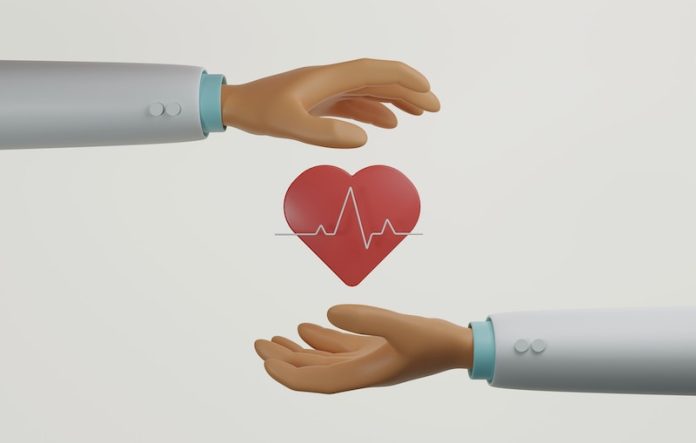
A new study led by researchers at University College London (UCL) suggests that combining two heart scan techniques could help doctors spot a life-threatening heart condition called hypertrophic cardiomyopathy (HCM) before typical symptoms appear.
This breakthrough could potentially lead to earlier treatment.
Understanding Hypertrophic Cardiomyopathy
HCM is a genetic condition that affects around 1 in 500 people in the UK. In this condition, the walls of the heart become thicker than they should be.
This abnormal thickness affects how well the heart pumps blood around the body. HCM is a top reason for heart failure and sudden heart death.
A New Way of Spotting HCM
In the study, researchers from UCL, Barts Heart Centre, and the University of Leeds compared the hearts of three groups of people.
The first group was healthy, the second group had HCM, and the third group carried a gene that causes HCM but did not show any obvious signs of the disease.
To study these hearts, the researchers used two advanced heart scanning techniques. The first, called cardiac diffusion tensor imaging (cDTI), is a type of MRI scan that shows how the heart muscle cells are organized.
The second, called cardiac MRI perfusion (perfusion CMR), can spot problems with the small blood vessels that supply the heart muscle.
The results showed that people with HCM had disorganized heart muscle cells and severe issues with their small blood vessels compared to healthy people.
Interestingly, the scans also spotted similar issues in people who carried the HCM-causing gene but didn’t have any symptoms or muscle thickening. Doctors could use these results to more accurately identify the early signs of HCM.
Towards Early Treatment and Prevention
Recently, a drug called mavacamten was approved for use in Europe. It is the first drug that can slow the progression of HCM once symptoms appear.
Also, new gene therapies are being developed that could potentially prevent the symptoms altogether.
Perfusion CMR is already being used in some clinics to differentiate HCM from other causes of muscle thickening.
With the combination of these new therapies and the cDTI and perfusion CMR scans, doctors have a better chance than ever to treat people at risk of HCM early enough to prevent the condition from developing.
Dr. George Joy, who led the research with Professor James Moon and Dr. Luis Lopes, believes that early detection could be vital in trials testing treatments aimed at preventing the disease from progressing or correcting genetic mutations.
Dr. Luis Lopes, the senior author of the study, stated that the findings allow a deeper understanding of the early manifestations of HCM.
The information from the scans could also provide doctors with additional clinical tools for screening, monitoring, and hopefully, making future therapeutic decisions.
If you care about heart attacks, please read studies about common antibiotic drugs linked to greater heart attack risk, and this deadly spider may help treat heart attacks.
For more information about heart health, please see recent studies about novel causes of irregular heart rhythm, and cases showing that misdiagnosed with acid reflux and anxiety, her heart’s arteries were blocked.
The study was published in Circulation.
Follow us on Twitter for more articles about this topic.
Copyright © 2023 Knowridge Science Report. All rights reserved.



